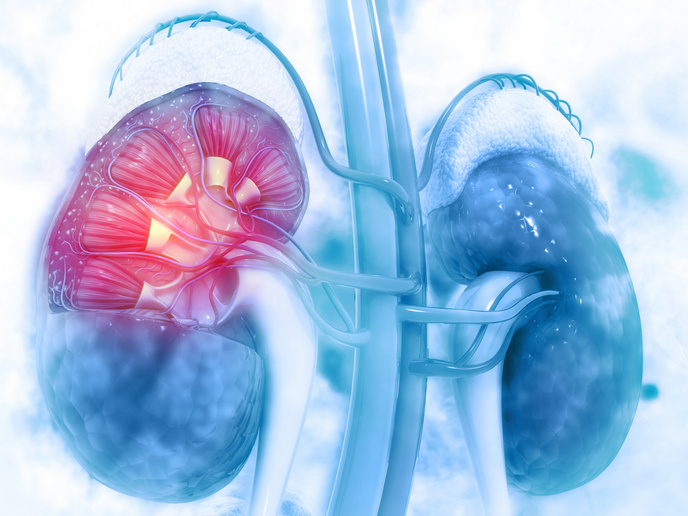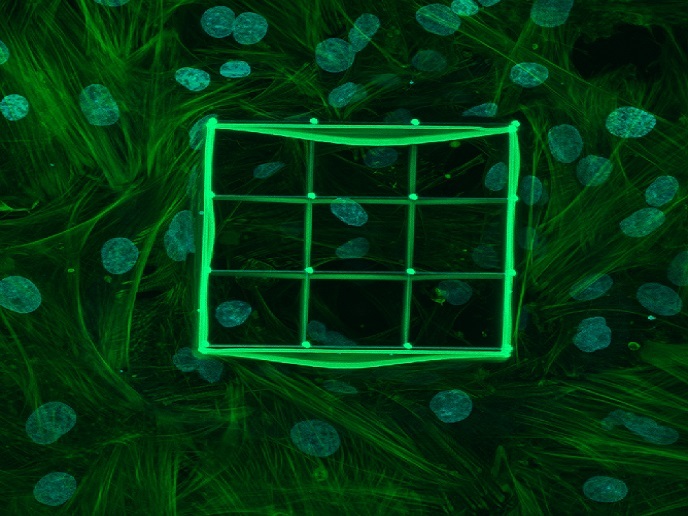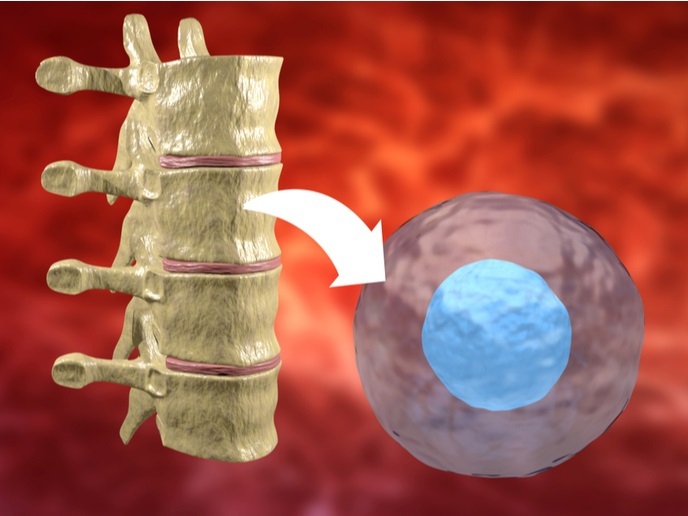Promising cell-based therapy for kidney disease
Kidney disease is a silent killer. It often goes undetected until the damage is significant, with patients sometimes only becoming symptomatic when kidney function declines to just 10 % of normal levels. By this stage, therapeutic interventions may be too late. The gold-standard indicator of renal function, the glomerular filtration rate (GFR), is hard to measure, making it unsuitable for routine screening. Funded by the Marie Skłodowska-Curie Actions programme(opens in new window), the RenalToolBox(opens in new window) project addressed the need for cost-effective and convenient methods for diagnosing and accurately monitoring kidney disease at point-of-care. It also assessed the safety and efficacy of mesenchymal cell therapies in a rodent kidney injury model.
Innovative tool for early detection and assessment of kidney disease
Researchers first improved an existing electronic transcutaneous device initially developed by project partners in Heidelberg, Germany. This device was designed to measure the GFR in rodents using fluorescein isothiocyanate(opens in new window) (FITC) conjugated to sinistrin. However, the limited penetration depth of FITC made the device unsuitable for human use. “To overcome this limitation, we sought to enhance the device capability to detect near-infrared (NIR) dyes, which have greater penetration than FITC and therefore could be applied to humans,” notes project coordinator Patricia Murray. “The new transcutaneous device can simultaneously measure three NIR dyes. It was tested successfully in phantoms and other surrogates, with final tests being concluded for a patent application,” adds Murray. New dyes for determining glomerular filtration and tubular secretion and reabsorption were also developed. To effectively test the performance of the newly developed NIR dyes, the team optimised an in vitro bioartificial renal tubule device into a more sophisticated kidney-on-a-chip model. The device was developed by project partners in Utrecht University, Netherlands. Furthermore, researchers investigated novel molecular biomarkers to improve the accuracy of non-invasive kidney disease diagnosis and to monitor disease progression.
Assessing the potential of mesenchymal stromal cells
Another project activity involved assessing the safety and efficacy of mesenchymal stromal cells (MSCs) in treating kidney disease using a rodent model. “Our primary concern was the potential risks associated with cell-based therapies, like causing thromboses or tumour formation,” explains Murray. “To track these, we optimised imaging techniques to monitor cell fate at varying scales – from single cells to organs to the entire animal.” The novel imaging techniques for assessing renal function and vasculature included multi-spectral optoacoustic tomography, magnetic resonance imaging and ultra-fast ultrasound imaging. The last project activity was to identify the optimal source of MSCs for treating renal ischaemia reperfusion injury(opens in new window) (IRI). The team compared the safety and efficacy of bone marrow, adipose tissue and umbilical cord MSCs. To determine which type is the best for treating renal IRI, the team used a transcutaneous device, non-invasive imaging techniques, clearing techniques and histological scoring that had been previously developed by project partners. They found that different MSC types had individual properties, suggesting specific benefits depending on the therapeutic setting. In vitro potency assays involving an in vitro model of IRI suggested that MSC bioproducts, such as conditioned medium, could induce renal cell recovery when compared to untreated controls. Moreover, it was found that some types of MSCs possess immunomodulatory abilities. “Our study confirms the safety of administering MSCs. Our findings do not currently advocate the use of any MSC sources in clinical trials for IRI. However, they highlight the potential and limitations of these cells as therapies for kidney disease, offering guidance on fine tuning their clinical use,” concludes Murray.







